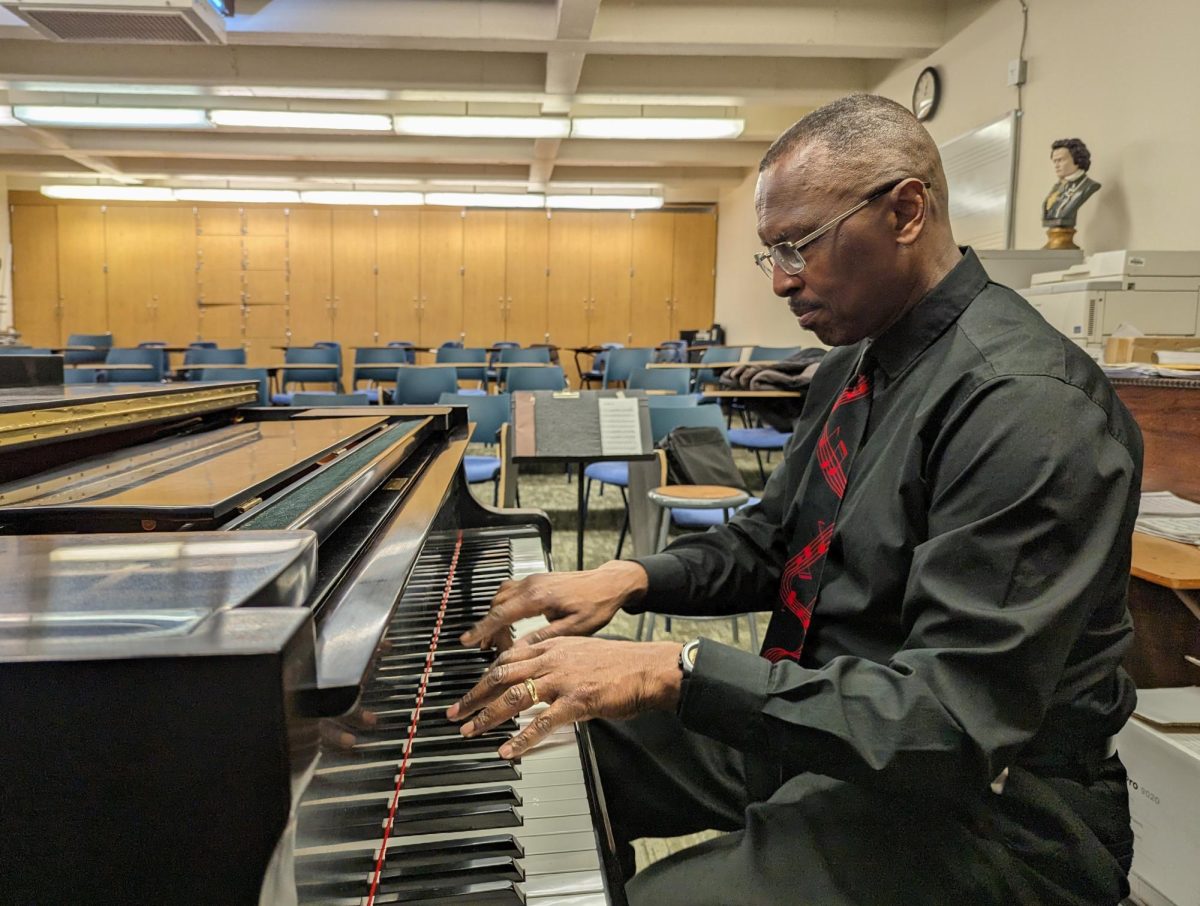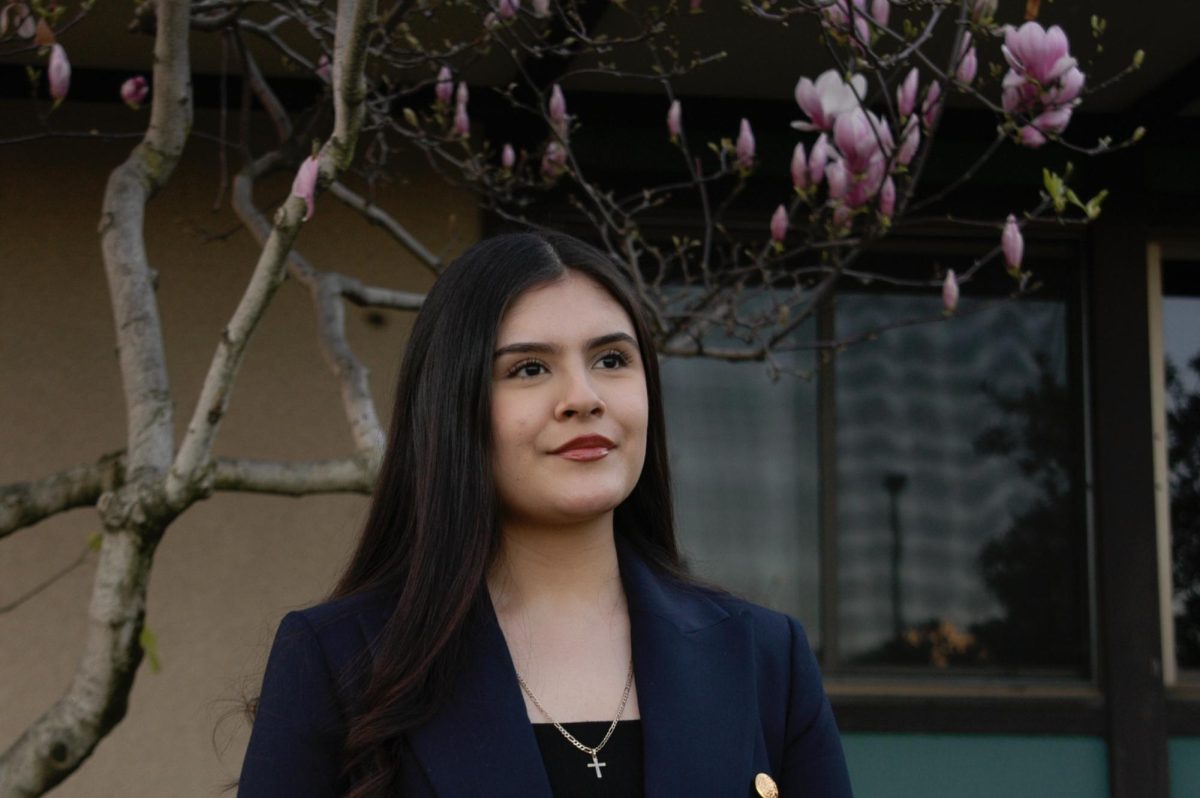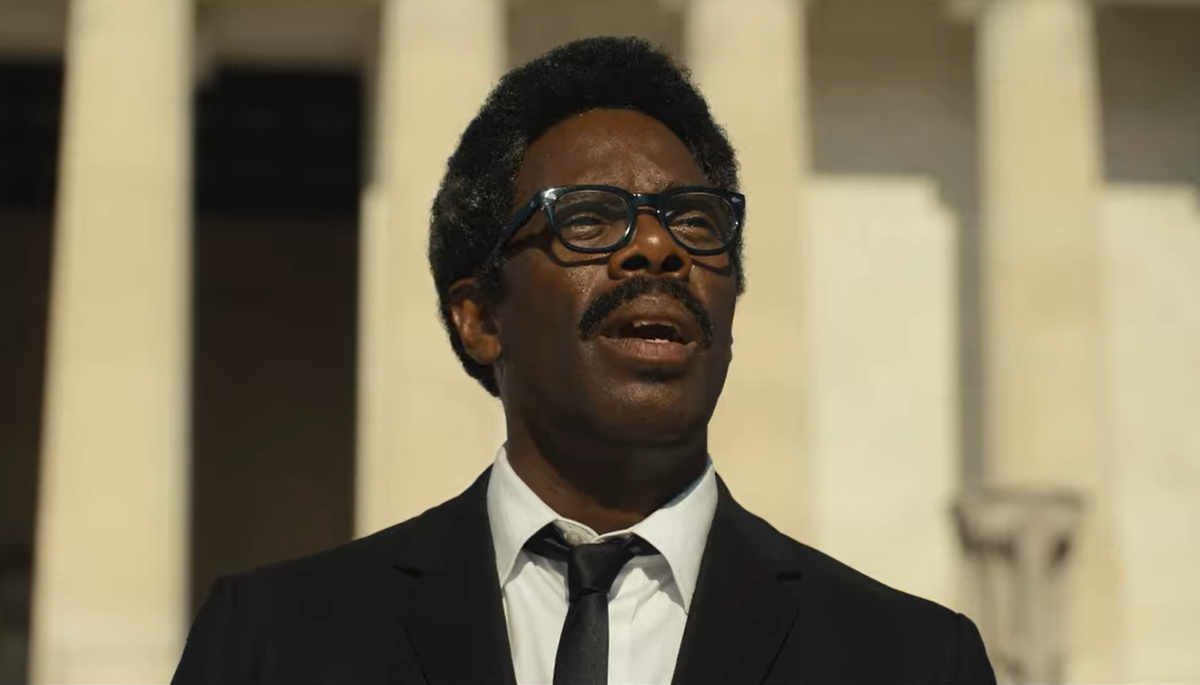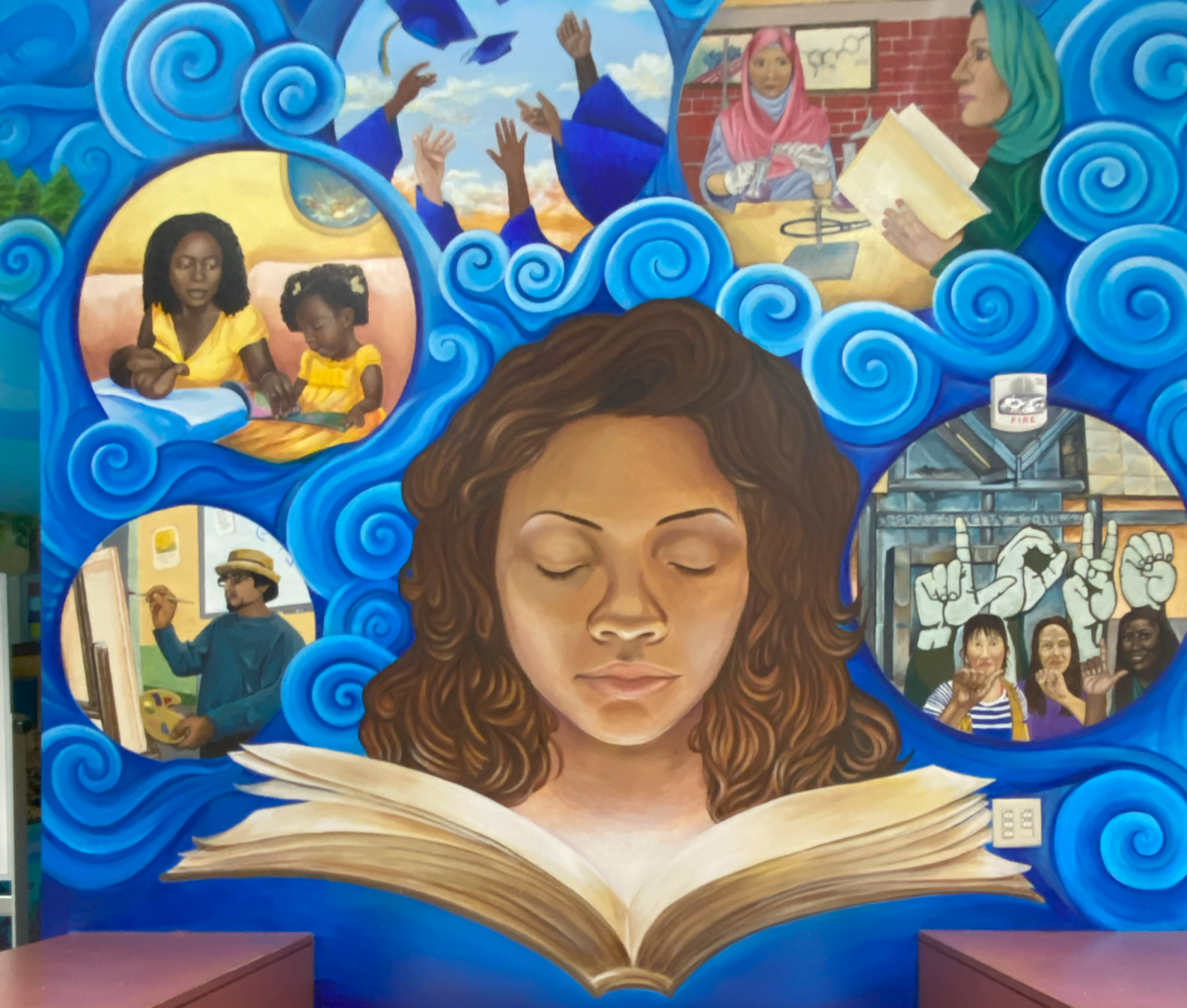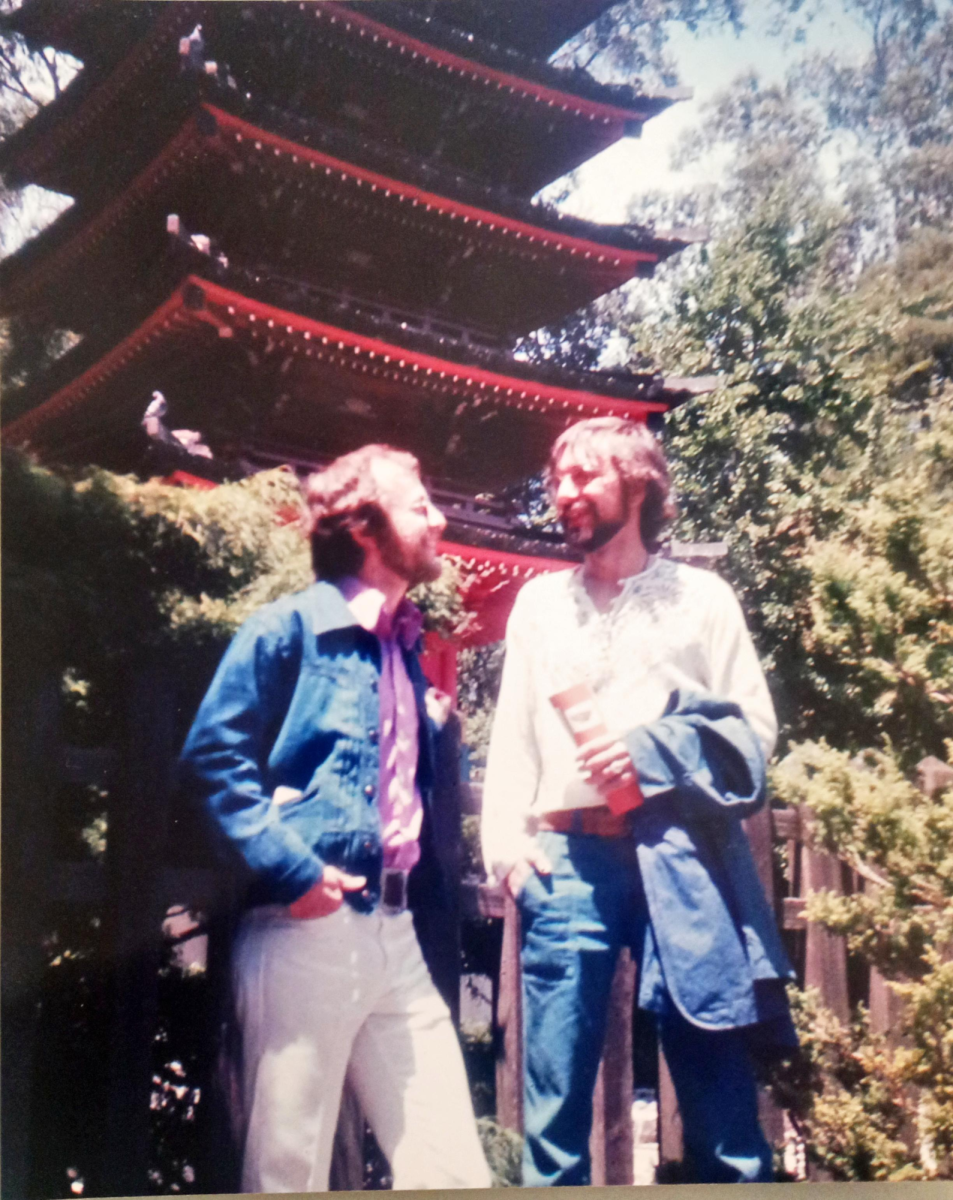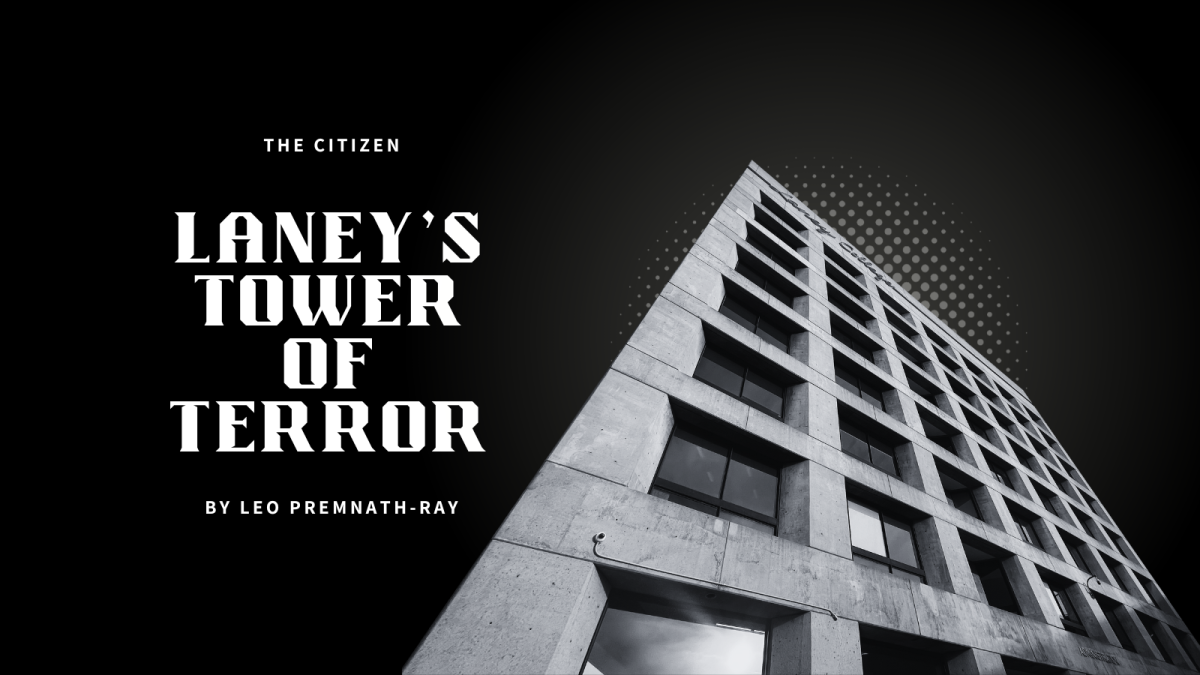By Michelle Snider

To many, hip-hop is a vibrant, influential, and prevalent music style. It brings people together culturally and has become a multi-generational part of society.
Now that hip-hop is almost 45 years old, The Oakland Museum of California (OMCA) worked with long-time practitioners to recognize and visually educate museum-goers about the history of hip-hop culture with an emphasis on the Bay Area’s history.
The OMCA’s “RESPECT: hip-hop Style & Wisdom” exhibit showcases this well with contributed graffiti artwork, albums, photography, fashion and interactive visual displays.
Hip-hop historian and journalist Davey D attended the media preview of the exhibit on March 22. He expressed his opinion of how the exhibit represents hip-hop today. Acknowledging that hip-hop has been mainstream for a long time, Davey D said the acknowledgement of hip-hop depends on which groups and entities accepted certain parts of hip-hop culture. But this exhibit “is a different type of space,” he said. “This is our space — this is our story to tell.”
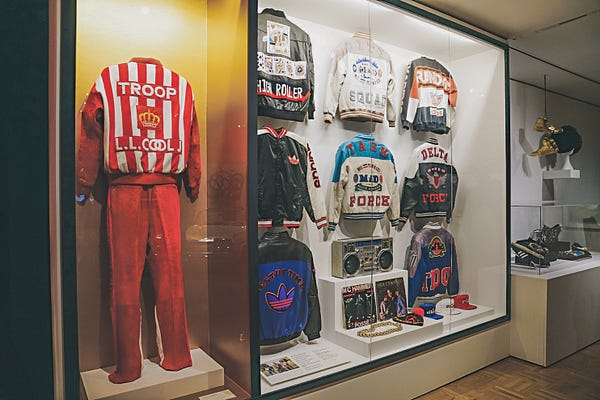
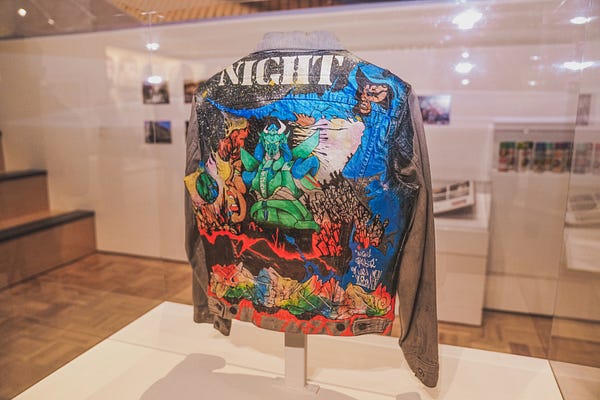
There is a history of conflict with mainstream acceptance of hip-hop. In 1990, rap group 2 Live Crew was arrested for obscenity in Florida for performing obscene lyrics at a rap concert. The group led a fight for their First Amendment rights to perform their music which led to using “Parental Advisory” labels on albums with explicit lyrics.
From hip-hop’s start, it has been recognized musically, but not always understood at its roots. While it made its way into the suburbs with artists like The Beastie Boys, MC Hammer, and Vanilla Ice, hip-hop originators like Kool Herc, Afrika Bambaataa and Grandmaster Flash would remain known mostly to the inner cities where hip-hop originated.
With politically charged expression, hip-hop emerged from parties that brought communities together, creating trend after trend with new dances, fashion, style, art, and lingo.
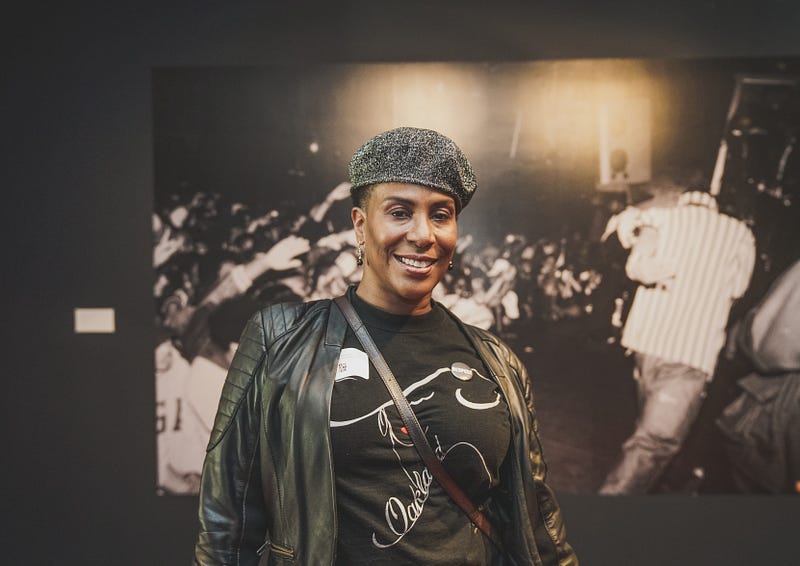
Tupac Shakur was a legendary lyricist known for party hits like “How Do U Want it,” which peaked on the Billboard Charts to number 1 in 1996. Shakur also had Billboard top ten success with songs like “Keep Ya Head Up” in 1994 and “Smile” in 1997, both songs dedicated to uplifting inner-city youth despite the many challenges they face.
OMCA curator René de Guzman described the exhibit in five sections. The first is the “DoJo,” an interactive floor where visitors can perform, dance and try out their hip-hop stance in front of a mirror with a microphone.
The second is called “Boom, the birth of hip-hop,” which takes you down the history of hip-hop’s political expression.
Other sections of the exhibit include “Wisdom,” an exploration of principles, ideas and valued life-navigating strategies of hip-hop culture around the world. The “Style” section is about self-expression and claiming your own public space. There is also a hip-hop map built of the Bay Area made with the help of local hip-hop journalist Eric Arnold.
Michelle Snider is a writer and photographer for The Laney Tower







